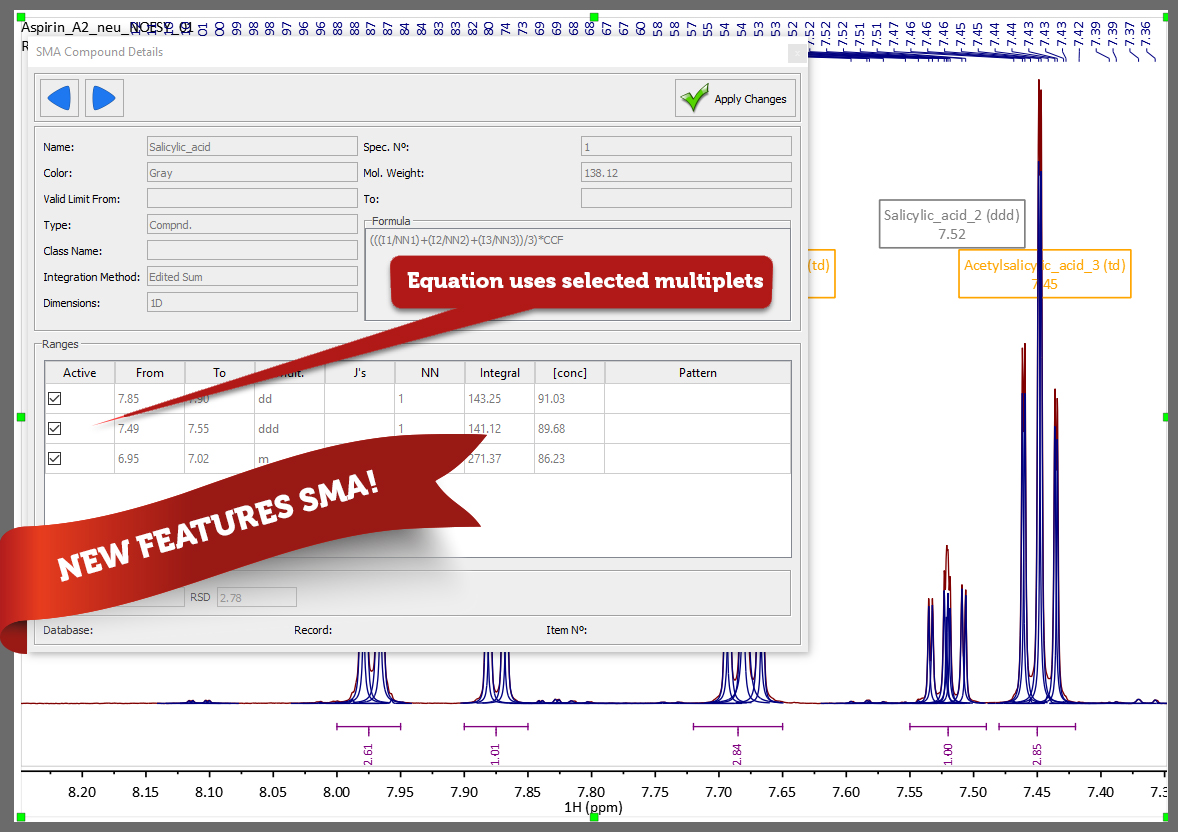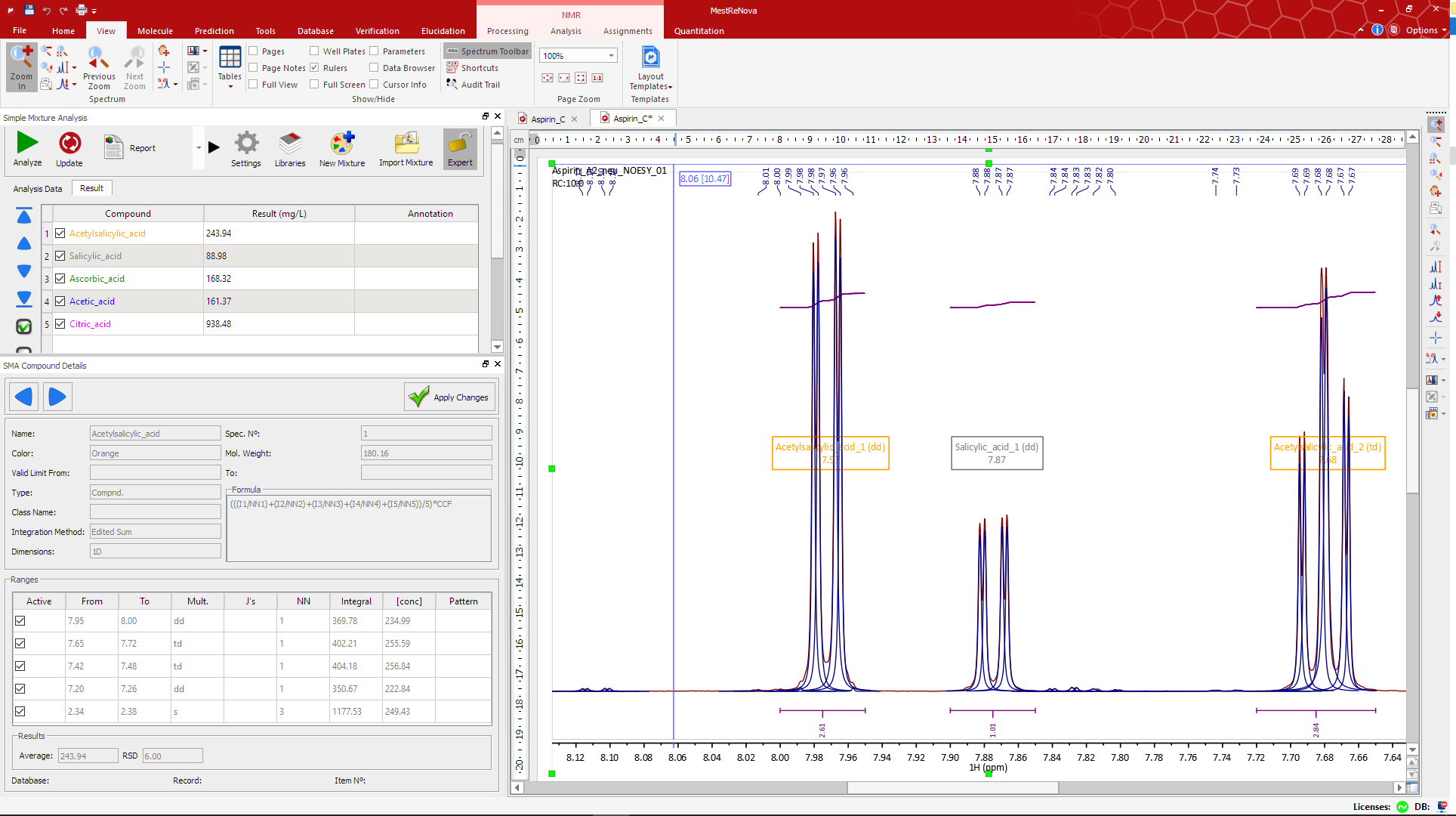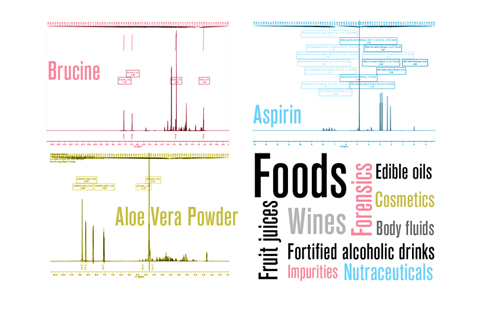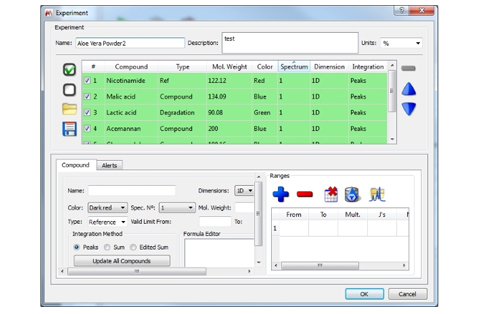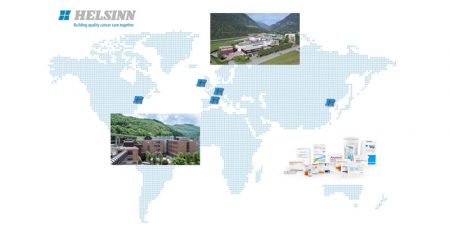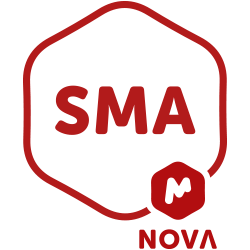
A versatile, functional program for the quantitation of mixture components by NMR based on chemical shift range integrals.
SMA (Simple Mixtures Analysis) is only “simple†by name! This unique capability for Mnova provides now in SMA version 2.0 the most comprehensive way to perform targeted analysis of 1D and 2D NMR spectra. In fact, an analysis can include several datasets from the same sample.
A valid license of Mnova NMR is required to use Mnova SMA.
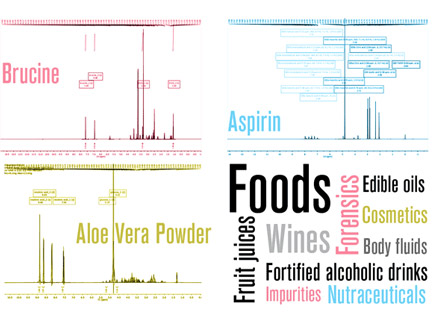
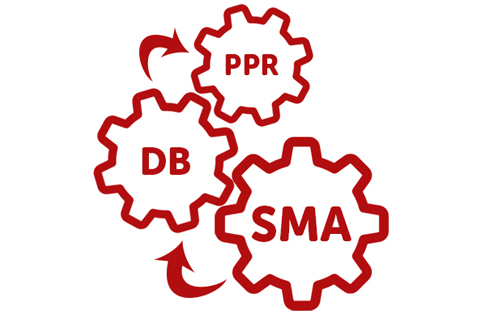
“Roll your own” targeted mixtures analysis!
Mnova SMA: 45-day FREEÂ trial
 Â 1. Download
 1. Download
SMA is a plugin integrated in Mnova. No extra installer is required.
 Â 2. Installation
 2. Installation
Unzip the file and run it. You’ll be redirected to our website to request a license number.
 Â 3. License
 3. License
Fill in the license request form and you will receive your trial license via e-mail.
Help & Resources
 Resources
Resources
 Â Videos
 Videos
SMA
Features
A smart analytical tool suitable for a wide range of mixtures
There is an almost endless list of applications where SMA will automatically carry out your mixtures analysis for you.
Define the targeted analysis application using the formula editor to be in full control of the quantification.
Recent high-profile cases have brought attention to the need for good, analytical procedures.
QC and production environments can benefit from automated the processing using SMA.
Our most customizable tool yet. Design your own elaborate experiments
The experimental and formula set-ups are performed only once and they are then saved in a library for further use in your organization.
Design your experiment (internal reference, wt%, etc.), select your 1D/ 2D NMR experiments, acquire and inspect spectra of single components.
Then specify in the equation editor how the integral(s) will be used for your quantitative results and finally enjoy the advantage of reporting on your own spectrum as well as using text, XML files.
If you are doing standard analysis, let SMA create and manage the equations for Concentration or Purity. Do this dynamically, as you review the analysis of each component compound.

SMA Assistant – Create experiments “on the fly”
Building new analyses “on the fly†with Mnova Database (DB) integrated is very simple.
Import chemical shift ranges, number of nuclides and molecular weight in one click from your Mnova Database.
When a standard analysis such as concentration or purity determination is required for varying mixtures, SMA can be quickly put to work. A mixture spectrum can be searched against a DB with spectra of potential components to help identify potential components. Visual inspection then is used to refine the real components.
Finally, an SMA experiment, complete with imported chemical shift ranges and standard equations, can be built with a single button click.
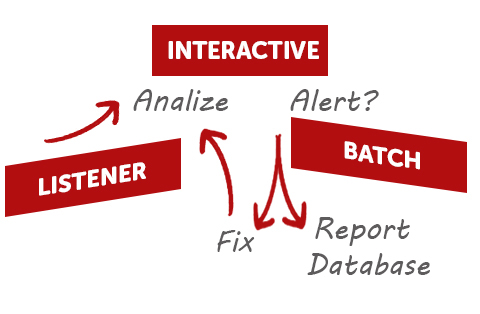
SMA works well in automation
Optimize your SMA analysis in automation using the Batch and Real-time (Listener)Â process capabilities. This suits QC environments where the same compounds and analytical conditions are repeated.
SMA has the ability to run in two extra modes:
Batch SMA, automatically process all data in a specified directory.
Real time SMA (‘Listener’), automatically process spectra as they are produced by the spectrometer.
Your business will certainly appreciate it!
SMA Users
Markets
- Foods, forensics, nutraceuticals, cosmetics, body fluids, impurity levels in fine, chemicals (including solvents), edible oils, wines and fortified alcoholic drinks, fruit juices.
- QC & production environments (batch and real time analysis)


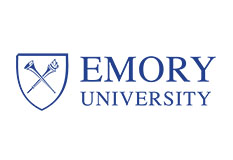
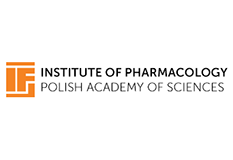
Frequently Asked Questions
FAQS
What do I need to carry out SMA analysis?
The only basic requirement is to have a component with at least one peak area in a defined region of a spectrum and a known number of Hs (nuclides). The SMA plugin will use the integral value of this to quantify the species in mixtures with a discrete number of components.
When is SMA useful??
There are many applications where SMA can become a successful tool for your mixtures analysis:
- Repetitive mixtures analyses of similar substrates, e.g. wine and specific foodstuffs.
- Mixtures having medium complexity
- Customized calculations of component concentration that can lead to a verified procedure
- Flexibility in report handling: internally and for the customer
- Medium to high throughput and minimal operator intervention required (UI/batch/listener)
Why should I use SMA for Purity determinations?
SMA can perform quantitative analysis in mixtures and it suits regulated environments where the same compounds and analytical conditions are repeated, and fine control over the analysis is needed. These will often be the most stringent, controlled environments, e.g., forensics. You can relax and let SMA do all the hard work related to quantifying mixtures with overlapped peaks using GSD and integration methods support, and still have full control over the calculation method.You can create your own library of compounds and generate improved reports.
Integration with the Mnova DB makes it simple to build new analyses “on the flyâ€.
What actually happens in the background when pressing the SMA “Analyze†button?
Sample-specific data may be needed (weights, etc.) When you hit the “Analyze†button peak picking is applied and multiplets are determined for each region.Then components are quantified using the sample-specific input and the determined integrals according to the specified equation. Each component is evaluated in turn and any errors are shown.
Finally a customized results table is filled.
What sort of calculation does SMA use for quantification?
SMA is a versatile tool which allows you to specify your formula for your calculations.Integral values are converted into relevant concentrations using user-defined mathematical expressions:Wt%, Purity%, Mole%, Concentration, etc.
- For simple molar ratios between two components you can use the following the general expression:

- If for instance you want to estimate the concentration of your mixtures components, then the concentration is determined using the simple equation:

The Concentration Conversion Factor (CCF) is like a “response factor†for NMR that converts the absolute integral/nuclide to concentration. For more information about the CCF factor please see Q: “What exactly is the CCF factor?â€
- Alternatively if you are aiming to calculate the purity of your mixture components, once you create at least one reference material, the fundamental equation for purity (see below) can be applied.

What is Peak Pattern Recognition (PPR)?
This is Mestrelab´s novel capability for multiplet extraction from regions where peaks overlap. Even if the actual number of peaks is different, the target multiplet is found based on the shape moments. Mathematical descriptors are derived for the reference peak “pattern†called Peak Pattern Recognition (PPR). It gives SMA the ability to find a multiplet pattern when your spectra is heavily overlapped.A target area is systematically searched for this peak pattern. Hits are assigned a score, and ranked.
 Even if the actual number of peaks is different,the target multiplet is found based on the shape moments.
Even if the actual number of peaks is different,the target multiplet is found based on the shape moments.
Do I have the flexibility to use different types of quantification methods?
Yes, you have full control of your quantification method specifying the integral regions to be used, and using the equation editor.SMA offers you the flexibility to define the way you quantify your mixtures.These integrals are converted into relevant concentrations using user-defined mathematical expressions.
Sample-specific data (weights, etc.) may be required depending on the quantification method used: Wt%, Purity%, Mole%, Concentration, etc.
See question “What sort of calculation does SMA use for quantification?”.
What are the realistic Method Development requirements prior to perform SMA?
Requirements could be quite simple, but validated procedures will require optimization:
- Uniform samples (pH, salt concentration).
- Robotic sample handling.
- Optimizing signal acquisition for quality and quantitation.
- Identical NMR measurement conditions with competent autoshim, saturation, etc.
- Compound-by-compound CCF calibration through solutions of known concentration.
- Customized bleaching factoring for multiplets near presaturation positions.
How efficient is it to use SMA in a production environment?
SMA is a versatile tool which can optimise your production process. Once you have your sample preparation done and set up an automated spectrum acquisition you can implement SMA as your mixture analysis tool (UI, batch, listener). Experiments and results can be customized. An internal database can be created. Finally some periodic checks of procedures and results (GxP) are required.
What sort of automatic NMR processing is used? (i.e. peak picking, integration)
We use Global Spectral Deconvolution (GSD) for basic processing. Regarding integration you will be able to select among different integration methods in the “Experiment†dialog box.Other integration options are traditional “Sum†and our unique “Edited Sum†hybrid procedure.


What exactly is the CCF factor?
CCF stands for Concentration Conversion Factor or the “Spectrometer Factorâ€. Basically, when the area of a multiplet is determined, this is related to its concentrationC ∠AI/NN
(1)Â Where C is the concentration of a chemical species, AI is the absolute integral for a multiplet attributable to that species, and NN is the number of nuclides (Hs, usually) for that multiplet.
From this we derive:
 (2) C= CCF * AI/NN
A proportionality constant which we call the CCF, allows us to convert a measured AI/NN into a concentration. Fundamentally, the CCF only needs to be determined once for an experiment, and then it is applicable to all chemical species in the reaction!
Once that has been performed, all other species concentrations can be determined by applying equation (2), where the AI is determined by the software, and NN is provided by the user.
For further information about how to calculate the CCF factor you can read the following qNMR_CCF documentÂ
How do I formulate equations for an analysis?
Start with the way you do it manually or in Excel. Then transfer your protocol to SMA’s Formula Editor. You may have additional options to take advantage of, and make the analysis more robust.
What do you mean by “Listener†SMA?
You can run SMA in the “Listener†mode (real time analysis) where there is no need to interact with the raw data to get your results once a method has been validated. In different words, real time processing! This can be advantageous, particularly in QC and production environments.
Success Stories

